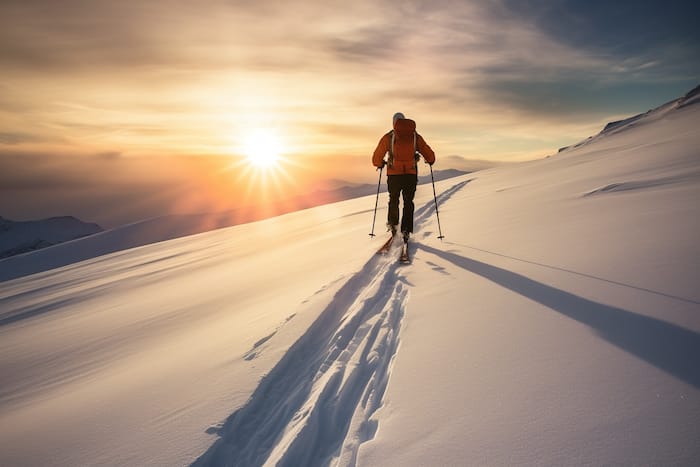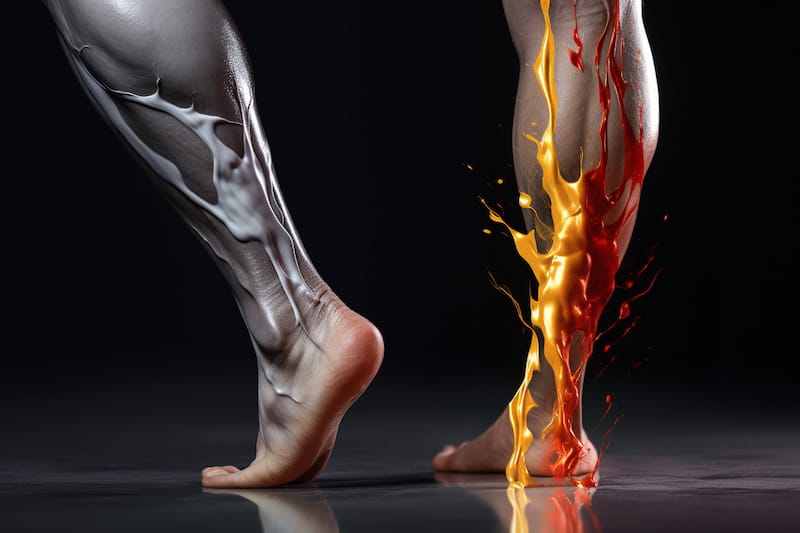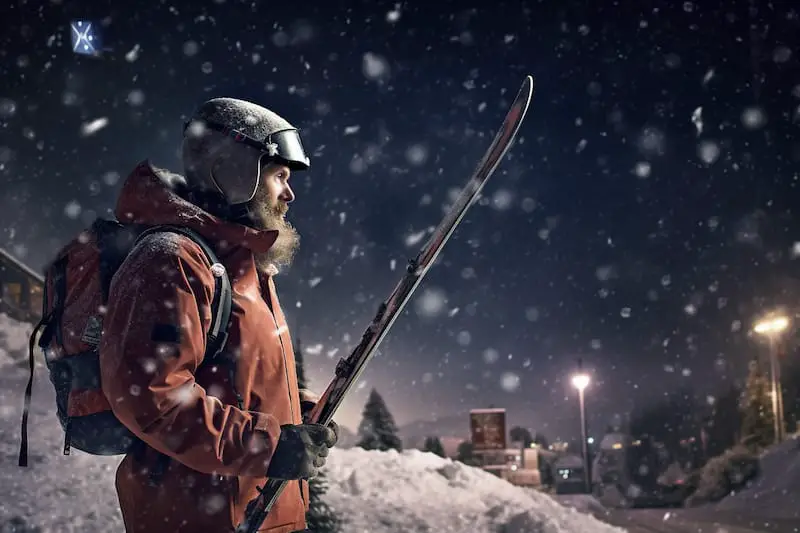Yes, you can use backcountry skis on groomed trails. However, they might not provide the optimal experience.
Backcountry skis are designed for deep snow and challenging terrain typically found in off-piste or backcountry skiing. They are typically wider and more durable to handle different types of snow and obstacles.
On groomed trails, these attributes might make them less efficient. Nordic or cross-country skis, which are lighter and narrower, are more suited for groomed trails as they are designed for gliding on prepared tracks or flat terrain. The width and sidecut of backcountry skis can also make them harder to control on groomed trails, especially at higher speeds.
It’s also important to remember that skiing etiquette and rules may restrict the use of certain types of skis on groomed trails to prevent damage to the trails. It’s always a good idea to check with the trail operator or local authorities before you go.
So while you can technically use backcountry skis on groomed trails, they may not provide the best performance or experience. It’s generally best to use equipment that is suited for the conditions and type of skiing you’ll be doing.
Is backcountry skiing dangerous?
More aspects to consider when thinking of using backcountry skis on groomed trails
Bindings and Boots Compatibility
Backcountry skis usually have different bindings and boots compared to those used for groomed trail skiing. Backcountry bindings are designed to allow the heel to lift for uphill travel, while most boots have a walk mode for easier hiking. Check if your equipment is compatible with the skiing style you intend to pursue. (Check out these backcountry bindings)
Terrain and Conditions
The choice of ski also depends largely on the kind of terrain and snow conditions you expect to encounter. If you plan to ski mostly on groomed trails but want the option to go off-trail occasionally, consider “all-mountain” skis. These are a sort of hybrid that can handle both groomed runs and off-piste conditions reasonably well.
What happens if you don’t wax you skis?
Efficiency
On groomed trails, the wider profile of backcountry skis can increase friction, making them slower and more difficult to maneuver compared to skis designed for groomed trails. This could potentially make for a more strenuous day of skiing.
Skill Level
If you’re a beginner skier, using backcountry skis on groomed trails might be more challenging due to their wider design and the different technique required for optimal use.
Is backcountry skiing worth doing?
Cost and Rental Availability
If you’re renting equipment, you might find that groomed trail gear (like cross-country or downhill skis) is more readily available and affordable than backcountry gear.
Etiquette and Safety
As mentioned earlier, some groomed trails may have rules against using certain types of equipment, including backcountry skis. This is to preserve the condition of the trails for other users. Additionally, backcountry skiing often requires knowledge of avalanche safety, something that’s not typically a concern on groomed trails.
Types of Skis
Skis are designed with specific uses in mind. Understanding the differences between types of skis can help determine which will be best for you. For example:
- Backcountry Skis: These are designed for skiing in untouched snow and challenging terrain. They are typically wider to provide more floatation in deep snow and feature a design that allows for uphill mobility.
- Cross-Country Skis: Designed for groomed trails and flat terrain, these skis are lighter and narrower. They have a free-heel binding system for a more natural stride. There are also variants like skate skis (for skate skiing) and classic skis (for classic stride skiing).
- All-Mountain Skis: These are a sort of hybrid that can handle both groomed runs and off-piste conditions reasonably well. They’re a versatile option if you’re looking to do a bit of everything.
So why are ski bindings so expensive?
Understanding Your Skiing Goals
Are you planning to stay on groomed trails, or are you looking to venture off into untouched snow? Maybe a mix of both? Your goals will greatly influence your equipment choice.
Skill Level
Backcountry skis are generally less forgiving and require more skill to control on groomed runs compared to trail-specific skis. If you’re a beginner, you might find groomed trail skiing with trail-specific skis to be more manageable.
Cost Considerations
Consider your budget. Backcountry skis, bindings, and boots can be more expensive than their downhill or cross-country counterparts. If you’re just getting into skiing, you might want to rent gear until you know what you like.
Safety and Preparedness
Backcountry skiing requires knowledge of avalanche safety, route finding, and potentially self-rescue. Even if you’re only planning to use backcountry skis on groomed trails, if you venture into the backcountry, you need to be prepared.
Local Regulations and Etiquette
Finally, do check with local regulations and trail etiquette. Some trails may restrict the type of equipment used to prevent trail damage.
Remember that while it’s technically possible to use backcountry skis on groomed trails, it’s generally best to use equipment designed for the conditions you’ll be skiing in. Doing so will likely give you a more enjoyable experience and help keep the trails in good condition for everyone.


